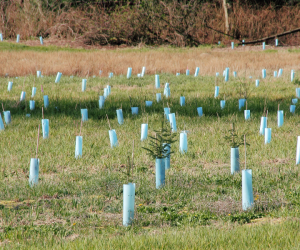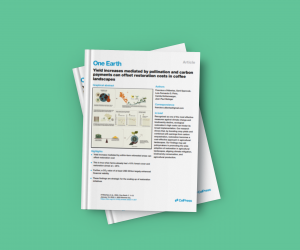Biological Conservation: Fair tests of the habitat amount hypothesis require appropriate metrics of patch isolation: An example with small mammals in the Brazilian Atlantic Forest
The paper, recently published in the renowned Biological Conservation, tests the hypothesis of habitat amount when assessing if this the major factor to explain species richness. Robust configuration measures were compared, such as the average isolation of all forest patches within a certain buffer zone – which done in the wrong way, can lead to incorrect conclusions. The work demonstrates that the amount of habitat or average isolation of forest patches, if measured correctly, can explain species richness. According to IIS research Renato Crouzeilles— one of the authors – “the impact of this research is the implications of the results for decision-making on conservation and restoration strategies”.







